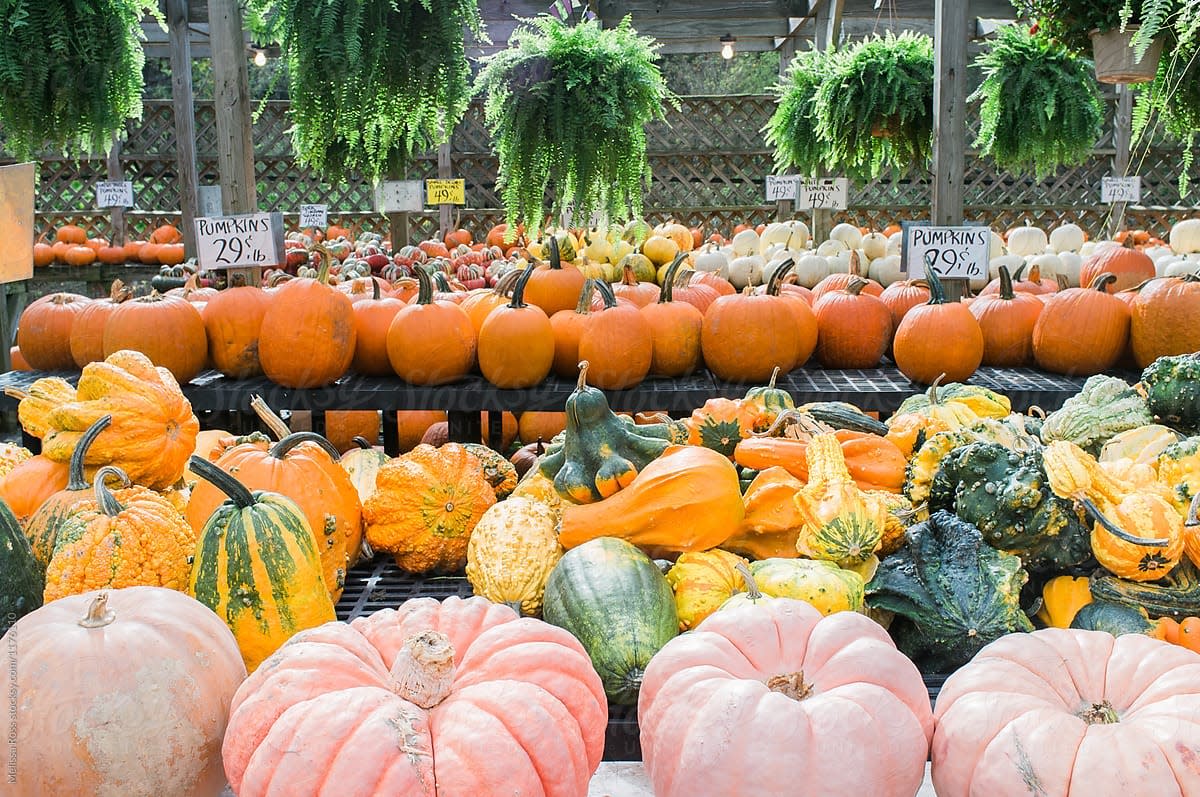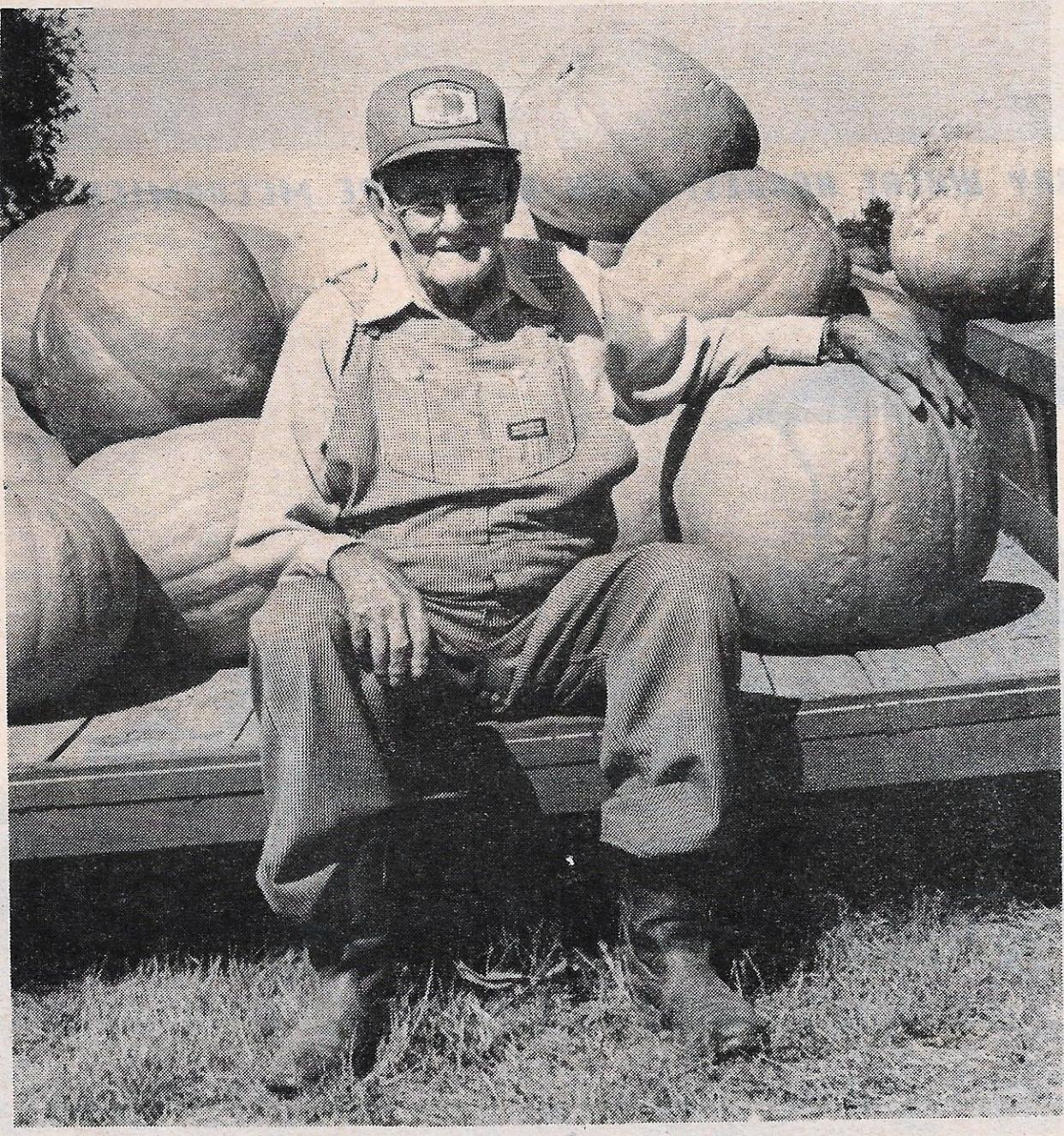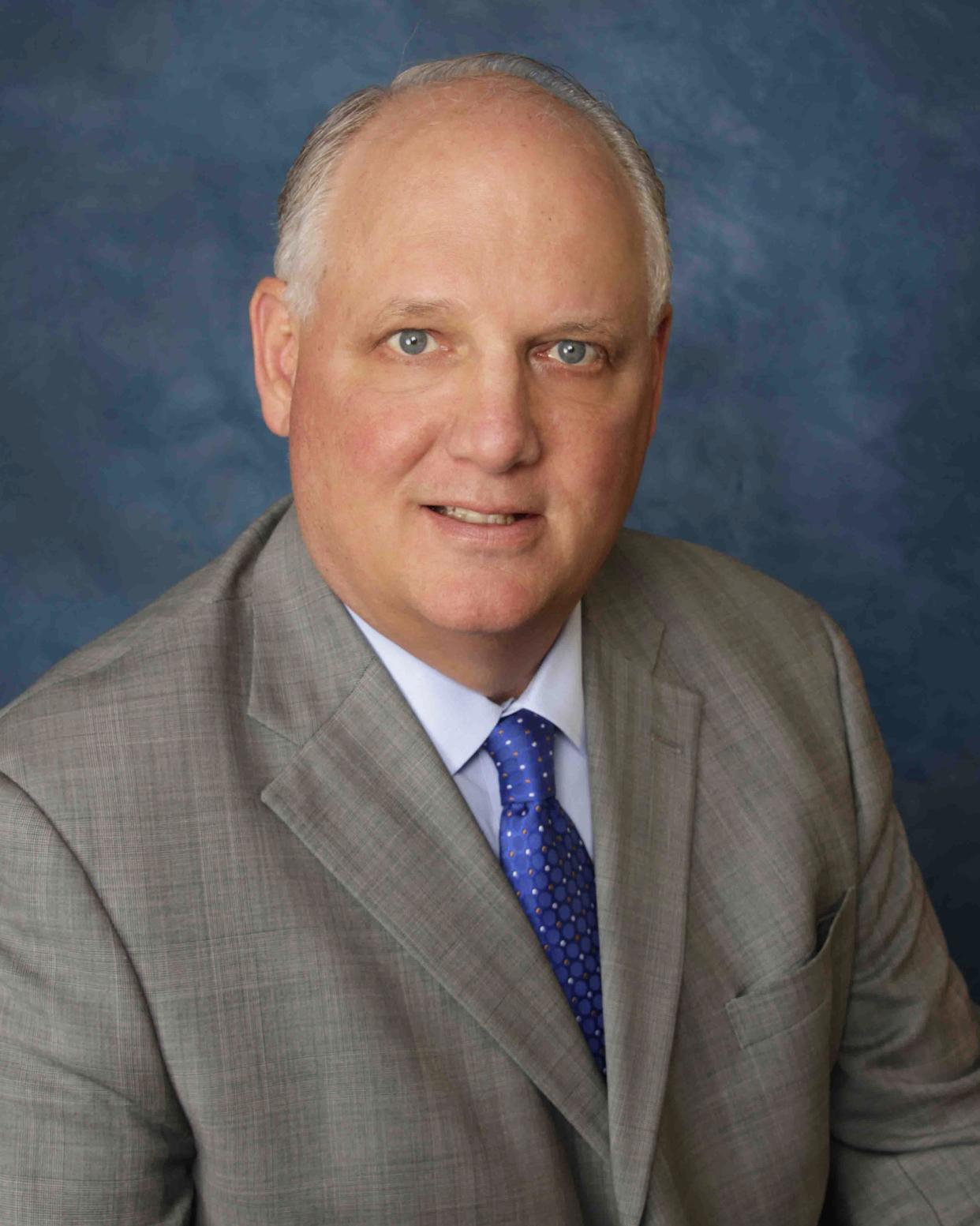Caprock Chronicles: Plotting the Past of the Pumpkin Patches of Pumpkin Capital USA
Editor’s Note: Jack Becker is the editor of Caprock Chronicles and is a Librarian Emeritus from Texas Tech University. He can be reached at jack.becker@ttu.edu. Today’s article about Floyd County pumpkin production is by frequent contributor Chuck Lanehart, Lubbock attorney and award-winning Western history writer.
Dr. Jerome Keeley, who settled in Floyd County in 1888, was perhaps the first pumpkin planter in what is now known as Pumpkin Capital USA. On April 7, 1890, he wrote in his diary, “Sowed one acre of sorghum, planted rice, corn, milo maize, watermelon seed, . . . squash and pumpkin seed.” On Aug. 22, he wrote, “Hauled in the squash and pumpkins — sowed turnip seed and hauled cane.”

Dr. Keeley did nothing historically significant with his produce, but he probably prepared a few appetizing pumpkin pies.
According to legend, the history of pumpkins in Floyd County began long before Dr. Keeley arrived. In 1541, starving explorers of conquistador Francisco Coronado’s expedition camped in Blanco Canyon southeast of what is now Floydada. Friendly Teya Indians are said to have fed the Spaniards pumpkins.
In 1925, 21-year-old Grapevine farmer B.A. Robertson loaded a railroad box car with horses, mules and household goods and moved his family to Floyd County. Everyone knew him as “Slim,” and he would one day be recognized as the man who pioneered commercial production of pumpkins in the county.
Slim knew a fellow who had success planting cushaw squash, which are related to pumpkins, so Slim decided to scatter some pumpkins seeds. “The first ones I planted were north of Barwise. . . I think I planted ten acres that first year,” which was about 1957. He continued to produce pumpkins from the same plot for 23 seasons. For the first few years, he and his wife sold their produce from roadside stands.

Then, brothers John and Gene Cox showed up from Dallas. “They bought a pickup load,” Slim remembered. Later that same year, “they came back with a U-Haul trailer and bought a pickup and trailer load." Every fall thereafter, the brothers returned for larger and larger loads. Soon, they were using semi-trailers to haul up to 140,000 pounds of pumpkins a year. “They retailed every one of them (pumpkins) out,” Slim said. Other buyers were wholesalers. Most pumpkins were shipped to the Metroplex and Houston, but others went to Arizona, Louisiana, Kansas and beyond.
As more customers came and the volume of sales increased, Slim’s acreage and production increased, but the yield always varied. "I have made 50,000 pounds (an acre) and I have raised 6,000 pounds. The average is probably 20,000 to 25,000 pounds an acre."
Slim did not consider pumpkins a difficult crop to produce. "I didn't fertilize them and I didn't spray them," he explained. And, farming pumpkins was cost-effective. In the early years, the price per pound of seed was only 65 cents. (The 2023 cost for bulk pumpkin seed ranges from $8 to $30 per pound, depending on the variety.) But pumpkins were a labor-intensive crop, with harvesting, culling and loading done primarily by hand.
The pumpkin pioneer raised dozens of varieties, ranging from miniatures to the 100-plus pound Big Max. The Howden variety, weighing between 15 and 30 pounds, was Slim’s most popular product — the preferred size for jack-o-lanterns. Aside from the familiar orange, Slim sold white, red, yellow, green and even blue pumpkins.

With Slim as an agricultural mentor, many other producers followed his lead. Between the 1960s and the 1980s — the heyday of Floyd County pumpkin farming — the region yielded millions of pumpkins on 30-plus farms. Today, there are only a few pumpkin producers who cultivate less than 2,000 acres and about two million are still sold yearly in Floyd County.
Why would anyone buy a pumpkin? The famous “Forrest Gump” movie monologue describes the many ways shrimp may be prepared for dinner, and similarly, there are dozens of ways pumpkins are deliciously edible. But a shrimp cannot be fashioned into a work of art. A pumpkin can. Most pumpkins grown in Floyd County are carved for jack-o-lanterns for the Halloween season or otherwise displayed for their beauty as fall foliage.
In 1987, locals founded “Punkin Days,” a celebration heralding the end of the pumpkin harvest in late October. Merchants decorated their businesses and dressed in costume, and a costume contest was held on the courthouse square for all ages. There were contests for largest and smallest pumpkins, best carved pumpkin, best painted pumpkin, best pumpkin pie and ugliest gourd.

The Floyd County Hesperian proclaimed the town “Pumpkin Capital USA,” and the national media spread the word. Soon, pumpkins were synonymous with Floydada.
The Punkin Days tradition continues, celebrated on the second Saturday of October and expanded to include chili and barbeque cookoffs, arts and crafts booths, fun runs, pumpkin rolling races, pumpkin-carving contests, pumpkin face drawing and a guess-the-weight-of-the-pumpkins in a trailer contest.
The local Chamber of Commerce honored Slim Robertson in 1989 with Floydada’s Special Award, recognizing him as the pumpkin pioneer of Floyd County. “The secret to Slim’s success,” said the mayor, “was that he always kept his word.”
Later that year, Slim Robertson died, at age 85.
This article originally appeared on Lubbock Avalanche-Journal: Caprock Chronicles: Plotting the Past of the Pumpkin Patches of Pumpkin Capital USA
